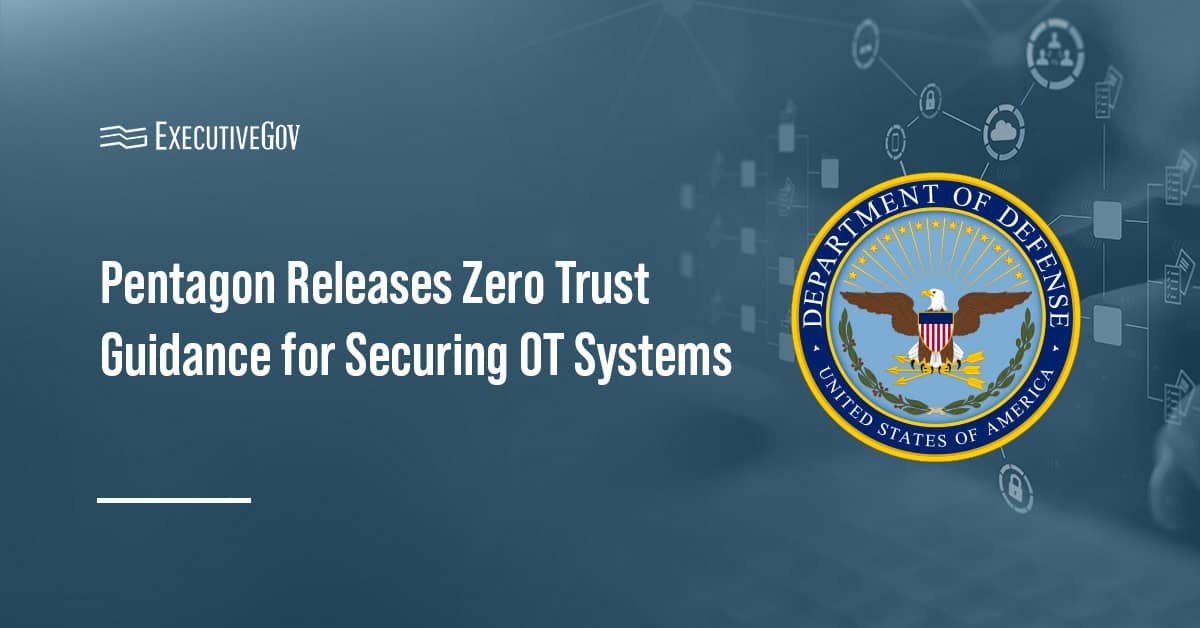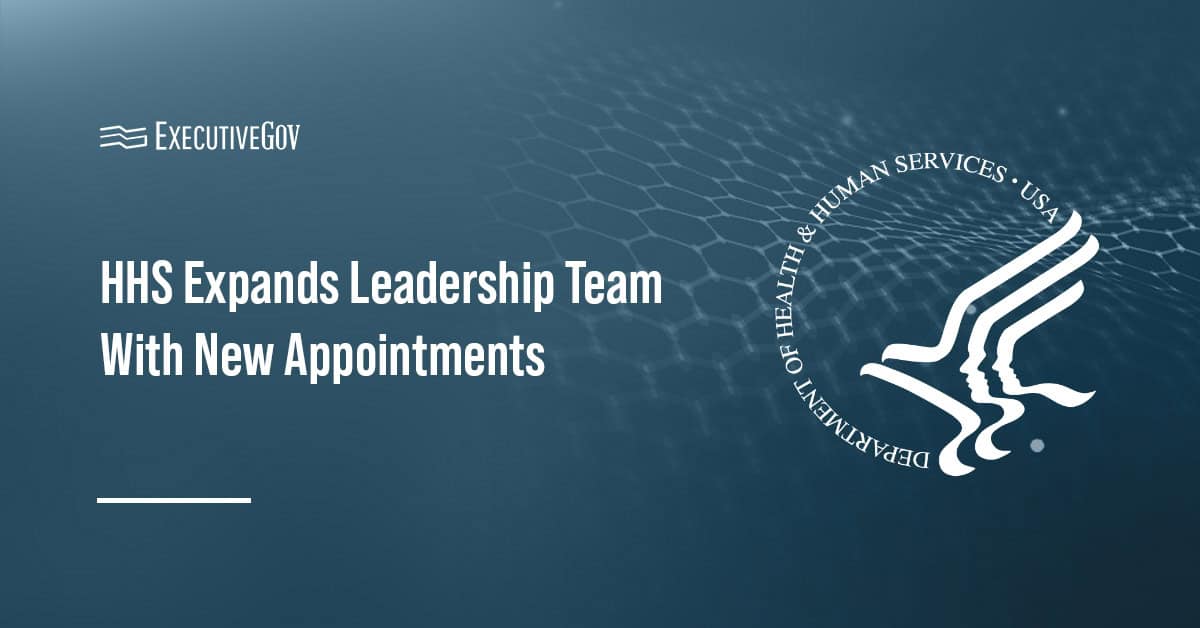 Army Secretary Eric Fanning estimates it would cost $12 billion to implement President-elect Donald Trump’s plans to increase the number of the service branch’s active-duty officers from 465,000 to 540,000, Bloomberg reported Thursday.
Army Secretary Eric Fanning estimates it would cost $12 billion to implement President-elect Donald Trump’s plans to increase the number of the service branch’s active-duty officers from 465,000 to 540,000, Bloomberg reported Thursday.Anthony Capaccio writes Fanning’s estimation is based on a formula that assumes that every additional 10,000 troops would require $1.6 billion to cover recruitment, military construction and equipment costs as well as annual expenditures and modernization needs.
Fanning told Bloomberg in an interview that he believes Army soldiers can grow into a “less effective, less capable force” if they are added without necessary resources.
He also warned that accelerated growth in force size may lead to enlistment of under-qualified recruits.





